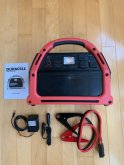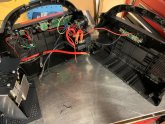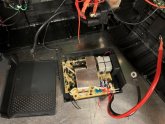svetz
Works in theory! Practice? That's something else
You can get a slick looking solar generator for pretty cheap, work those biceps, and have your first DIY Battery build project in a few years!
Here's how
Head on down to your a HomeDepot or similar store and walk right by the over-priced solar generators. Instead, get a Jump Starter as if you were getting it for a car. They're inexpensive, compact, and generally spiffy looking. Get it with all the features you want. Next year, when the lead acid battery is dead, remove it, measure the interior, and calculate how many prismatic cells or 18650 cells you can squeeze in there for your first DIY battery build project (or just use a drop-in LiFePO4 replacement battery of the correct size). You can actually plan that out ahead of time as the manual will typically tell you what size lead acid battery is in side.
Heck, you probably already have one of these dead in your garage...so no need to go to the store and you can skip to the good part!
If you can find one that has a Cigarette lighter connected directly to the battery, you can plug the solar charger in there (make sure it doesn't have regulated voltage). Although it's not strictly necessary...you can always use the convenient jumper cables to connect it to your MPPT or add your own connector. All you need are solar panels and a solar charge controller and it can double as the heart of one of Will's DIY Solar Generators.
I know this works as I just I just got done replacing the lead acid battery in a dead Peak Jump Start with some lithium cells; it went from 216W (18 AH) to 400W. The built in charger is a bit undersized now, but otherwise it works great and is lighter! The only modification I made was to move the AC adapter from the built in circuit board to the BMS I added.
Here's a $70 model version. Different models have other options (lights, tire inflators,etc).
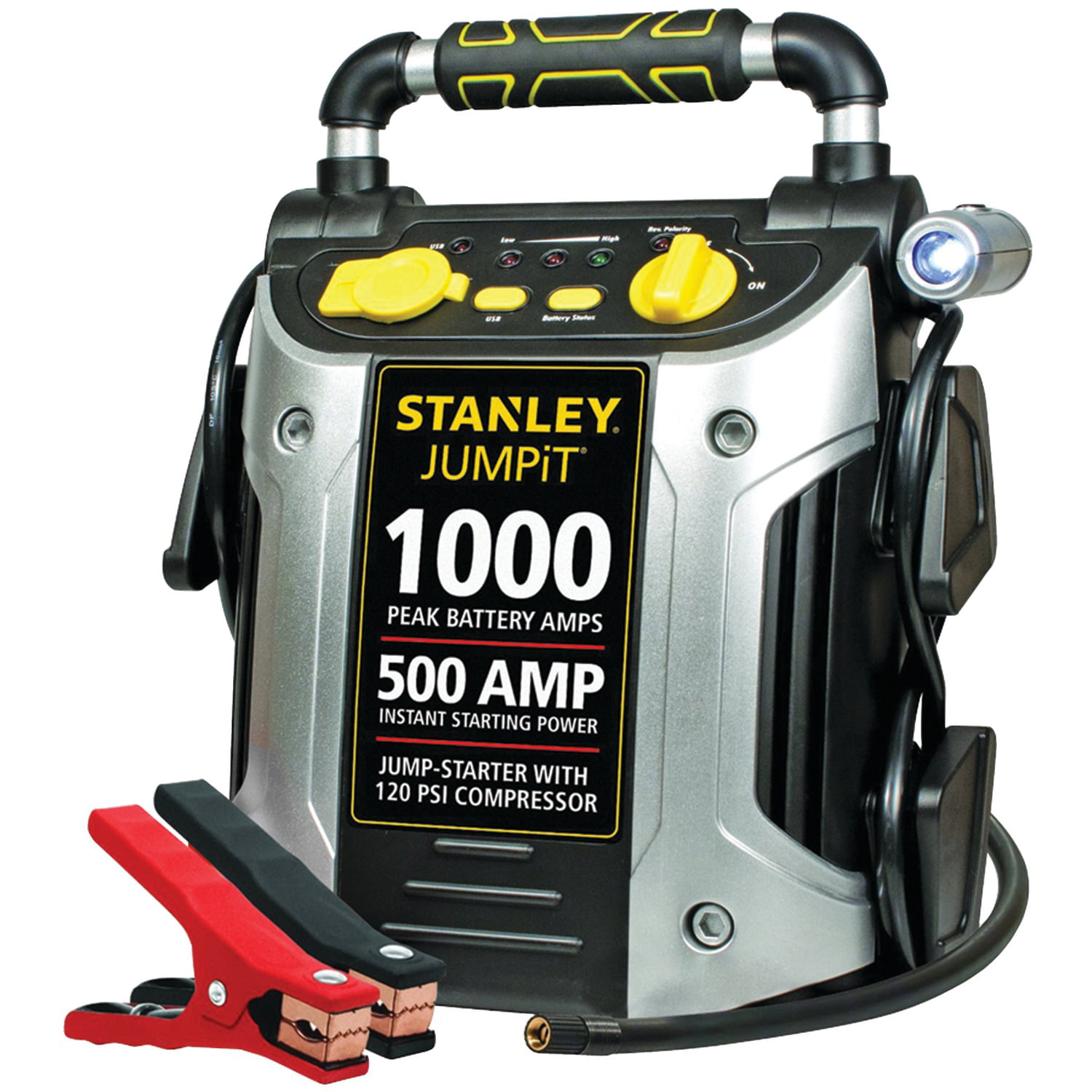
But wait... don't solar generators have 120V?
Here's a 140W inverter for $17. You could affix to the case with some VHB tape.

Note: Beware ones with built-in inverters, they don't generally seem to be pure sine wave - which may or may not be okay for your needs.
Jump Starter Projects members have built
Here's how
Head on down to your a HomeDepot or similar store and walk right by the over-priced solar generators. Instead, get a Jump Starter as if you were getting it for a car. They're inexpensive, compact, and generally spiffy looking. Get it with all the features you want. Next year, when the lead acid battery is dead, remove it, measure the interior, and calculate how many prismatic cells or 18650 cells you can squeeze in there for your first DIY battery build project (or just use a drop-in LiFePO4 replacement battery of the correct size). You can actually plan that out ahead of time as the manual will typically tell you what size lead acid battery is in side.
Heck, you probably already have one of these dead in your garage...so no need to go to the store and you can skip to the good part!
If you can find one that has a Cigarette lighter connected directly to the battery, you can plug the solar charger in there (make sure it doesn't have regulated voltage). Although it's not strictly necessary...you can always use the convenient jumper cables to connect it to your MPPT or add your own connector. All you need are solar panels and a solar charge controller and it can double as the heart of one of Will's DIY Solar Generators.
I know this works as I just I just got done replacing the lead acid battery in a dead Peak Jump Start with some lithium cells; it went from 216W (18 AH) to 400W. The built in charger is a bit undersized now, but otherwise it works great and is lighter! The only modification I made was to move the AC adapter from the built in circuit board to the BMS I added.
Here's a $70 model version. Different models have other options (lights, tire inflators,etc).

But wait... don't solar generators have 120V?
Here's a 140W inverter for $17. You could affix to the case with some VHB tape.

DeWalt has one with a built in 1 kW inverter for $269 from home depot: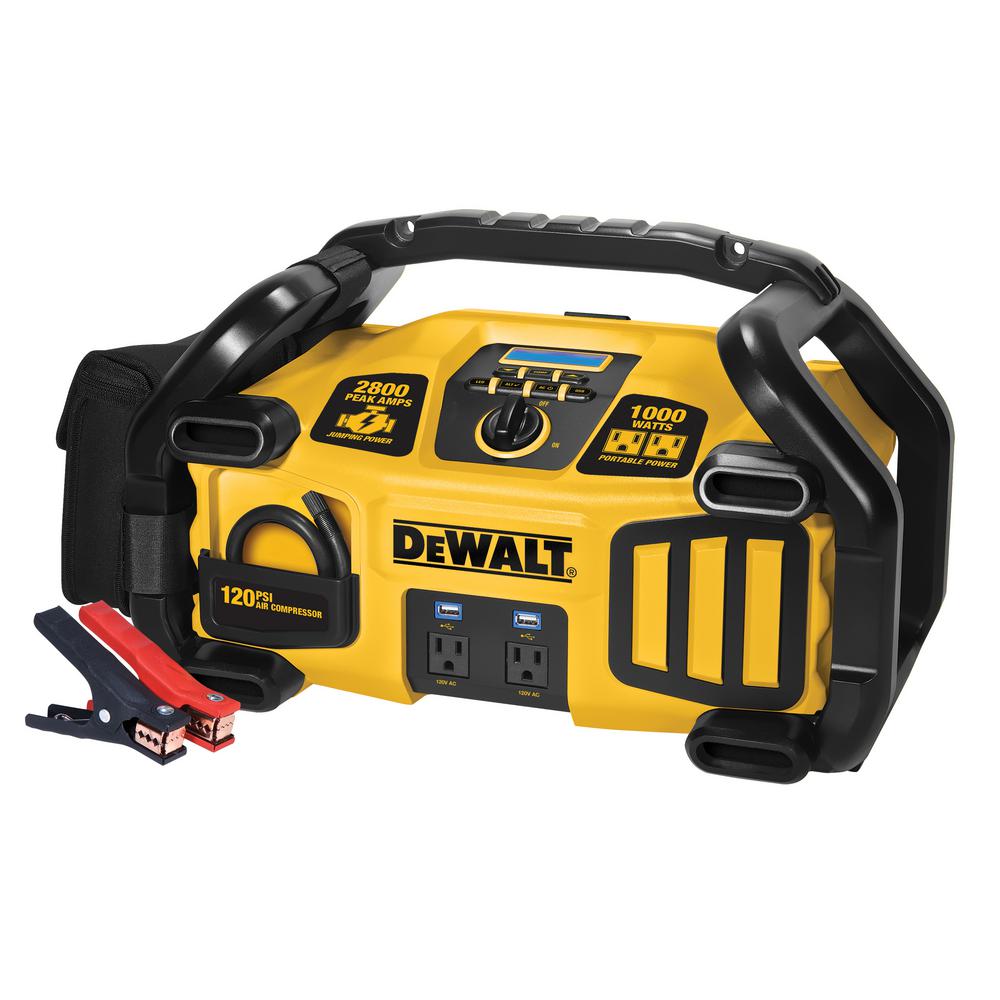
You'll be buff after lugging this guy around all summer! | Here's a Schumacher with a 400W inverter, usb, light, etc. for $120.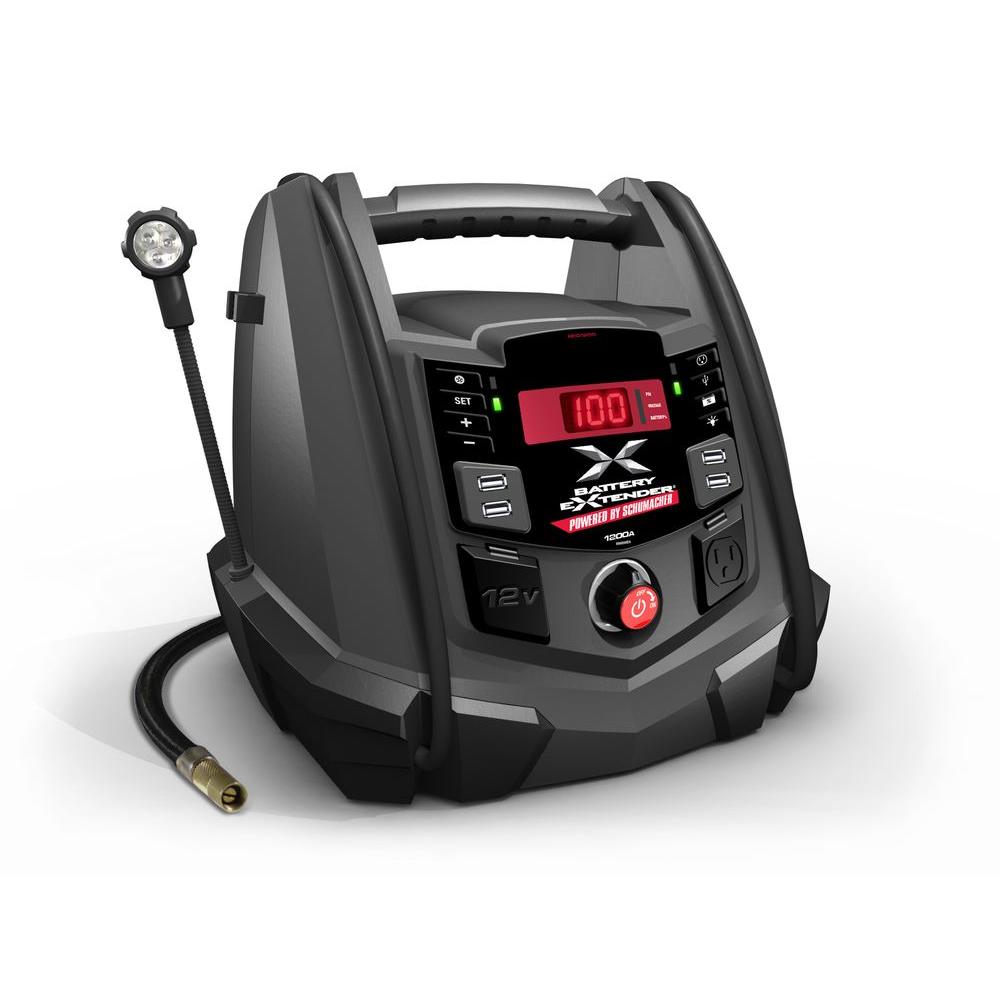
|
Note: Beware ones with built-in inverters, they don't generally seem to be pure sine wave - which may or may not be okay for your needs.
Jump Starter Projects members have built
Last edited:




